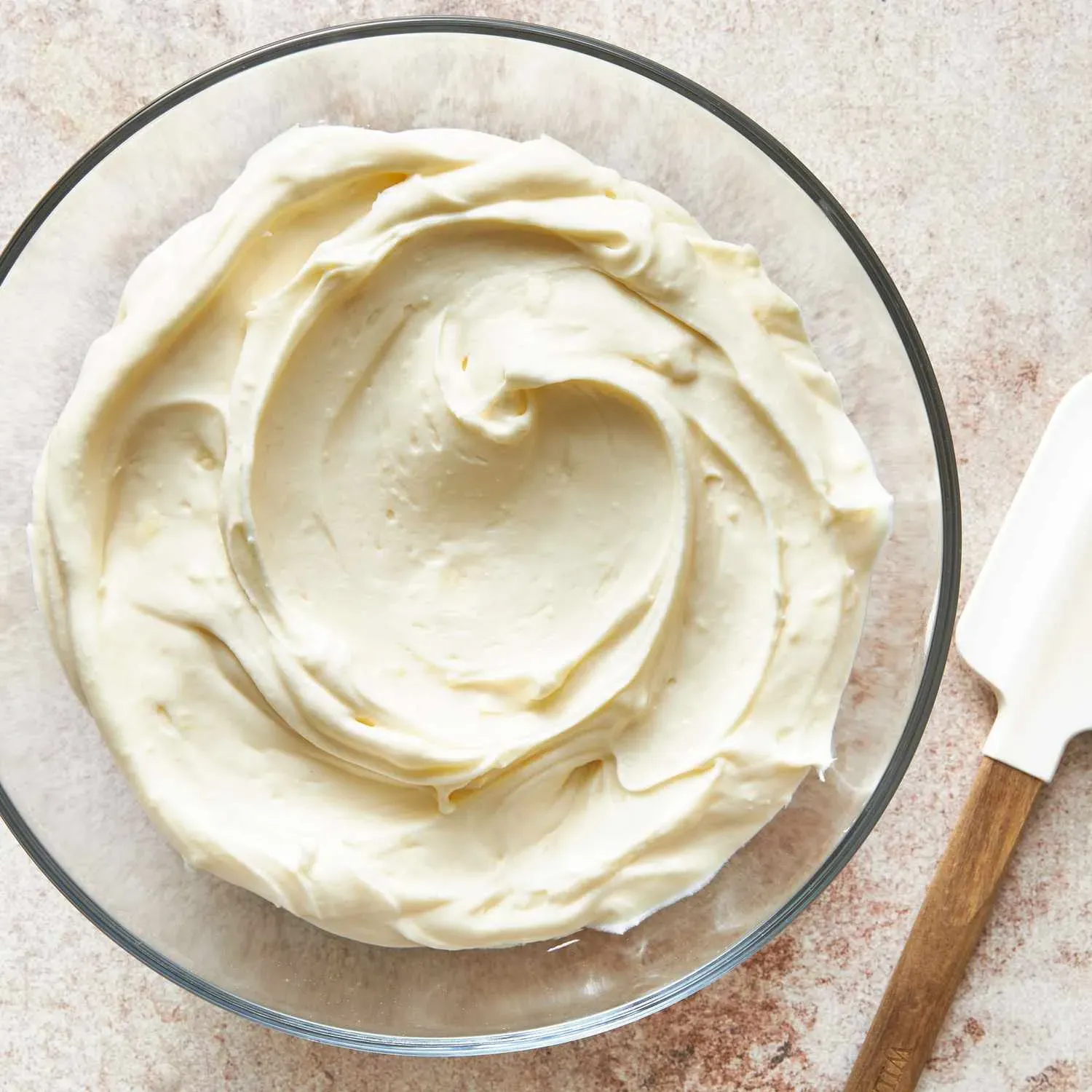Table of Contents
You just pulled a beautiful cheesecake or a batch of cupcakes with luscious cream cheese frosting out of the oven. They look perfect sitting there on the counter, cooling. But then the nagging question hits: how long can a cream cheese dessert sit out before it turns from a delightful treat into a potential health hazard? It’s the silent worry that haunts every baker who uses dairy. Cream cheese, being a dairy product, loves hanging out in the cold. When it warms up, it enters what food safety experts call the "danger zone"—temperatures between 40°F and 140°F where bacteria thrive and multiply with alarming speed. Understanding the rules isn't about being overly cautious; it's about protecting yourself and anyone lucky enough to share your dessert from some seriously unpleasant consequences. We're diving into the science behind the clock, what factors speed up the process, and how to tell if your dessert has crossed the line from delicious to dubious. Because let's be honest, nobody wants their amazing dessert to be remembered for the wrong reasons.
The Core Rule: How Long Can a Cream Cheese Dessert Sit Out?
The Core Rule: How Long Can a Cream Cheese Dessert Sit Out?
The Two-Hour Ticking Clock
Alright, let's cut right to it. The absolute golden rule for how long can a cream cheese dessert sit out is pretty simple, maybe even a little brutal for us dessert lovers. According to the USDA and just about every food safety pro out there, perishable foods – and that definitely includes anything with cream cheese – should not be left at room temperature for more than two hours. Period. That’s the hard limit before bacteria like Staphylococcus aureus or E. coli start multiplying faster than rabbits in springtime. This isn't just some arbitrary number; it's based on science and a desire to avoid a trip to the emergency room that nobody wants to take.
Why Two Hours? Understanding the Danger Zone
So, why two hours specifically? It all comes down to temperature. That range between 40°F and 140°F is the "danger zone" we talked about. Room temperature falls squarely in the middle of that. In this zone, bacteria that might be present (and let's be real, they're everywhere) can double their numbers every 20 minutes. After two hours, the population can reach levels high enough to make you sick. Think about it: you spend all that time making something delicious, only for it to become risky business in a blink. It feels unfair, but that's just how microbiology works.
- Rule #1: Two hours maximum at room temperature.
- Temperature Sweet Spot for Bacteria: 40°F to 140°F.
- Why It Matters: Bacteria multiply rapidly in this range.
- The Consequence: Potential foodborne illness.
Why Cream Cheese Desserts Are Risky Business Outside the Fridge
Why Cream Cheese Desserts Are Risky Business Outside the Fridge
The Perfect Breeding Ground for Bad Stuff
So, why is cream cheese such a diva when it comes to temperature? It's basically got the bacterial trifecta going on. First off, it's high in moisture. Bacteria need water to grow, and cream cheese is basically a cozy, damp hotel for them. Second, it's got a relatively neutral pH. Unlike acidic foods (think vinegar or lemon juice), cream cheese doesn't have that natural barrier to slow down microbial growth. And third, it's packed with protein and fat – delicious for us, even more delicious for hungry bacteria looking for a meal. Put those three things together at room temperature, and you've got a party happening, but it's not the fun kind. We're talking about rapid multiplication of pathogens that can cause anything from a mild stomach ache to a full-blown food poisoning episode.
- High Moisture: Bacteria love a damp environment.
- Neutral pH: No acid to slow down growth.
- Rich in Nutrients: Protein and fat are bacterial food.
- Result: Rapid pathogen growth at room temperature.
Beyond Two Hours: What Affects How Long Your Cream Cheese Dessert Sits Out
Beyond Two Hours: What Affects How Long Your Cream Cheese Dessert Sits Out
Pushing the Limit? Factors to Consider
we've established the two-hour rule for how long can a cream cheese dessert sit out is the standard, non-negotiable baseline. But let's be real, life happens. Sometimes a party runs a little long, or you're transporting a cake. While you should always aim for that two-hour mark, a few things can slightly influence the risk level, though they don't eliminate it. Think about the temperature of the room – is it a sweltering summer day or a cool, air-conditioned space? Higher temperatures accelerate bacterial growth significantly. The dessert's composition matters too; a dessert with a higher sugar content or some acidic fruit might be slightly less hospitable to bacteria than plain cream cheese frosting, but don't rely on that as a free pass. How the dessert was handled before sitting out also plays a role; was it kept cold right up until serving, or did it sit on the counter while you decorated for another hour? Every minute counts when you're dealing with perishable ingredients.
Spotting Trouble: Signs Your Cream Cheese Dessert Shouldn't Sit Out Anymore
Spotting Trouble: Signs Your Cream Cheese Dessert Shouldn't Sit Out Anymore
The Visual Red Flags
Alright, so you've lost track of time. It happens. Maybe the party went longer than expected, or you got distracted by a riveting conversation about the socio-economic impact of competitive dog grooming. Now your beautiful cream cheese dessert has been lounging on the counter for... well, you're not entirely sure. The first thing to do is look. Any signs of discoloration? Cream cheese frosting should be consistently white or the color you dyed it. If you see yellowish or greenish patches, or maybe some weird fuzzy spots, that's your dessert screaming "Danger Will Robinson!" Also, check for separation. Sometimes the liquid separates from the solids, leaving a watery layer. While this can happen from temperature fluctuations even in the fridge, if it's sitting out and looks like a curdled mess, that's not a good sign. Trust your eyes; they're often the first line of defense against a bad time.
The Olfactory and Textural Warnings
If it looks okay, give it a sniff. Fresh cream cheese has a clean, slightly tangy smell. Anything off, sour, or vaguely unpleasant? That's a hard stop. Bacteria produce waste products, and often those come with a distinct, nasty odor. Don't try to rationalize it away ("Maybe it's just the vanilla?"). If it smells wrong, it *is* wrong. Texture is another clue. Cream cheese frosting should be smooth and creamy. If it feels gritty, slimy, or has developed a crusty, dry layer on top while the inside is still soft and warm, those are signs that things are changing in ways you don't want. Remember, bacteria are tiny and invisible, but their work often leaves noticeable traces.
- Look for discoloration (yellow, green spots).
- Watch for separation (watery layers).
- Smell for off, sour, or unpleasant odors.
- Feel for gritty, slimy, or crusty textures.
- When in doubt, toss it out.
The Golden Rule of Doubt
Here’s the brutal truth: if you're standing there, staring at your cream cheese dessert, asking yourself "Is this still okay?" – it probably isn't. The two-hour rule for how long can a cream cheese dessert sit out isn't a suggestion; it's a limit. If you've exceeded that, even if you don't see obvious signs of spoilage, the bacterial count could still be high enough to make someone sick. Pathogens don't always announce their presence with flashing lights and a rotten smell. Sometimes, food looks and smells perfectly fine right up until it gives you food poisoning. It's a tough pill to swallow, especially when you put effort into making it, but the cost of getting sick is far higher than the cost of tossing a dessert. Consider it a lesson learned for next time: plan your serving time or keep it chilled.
Storing Safely: Best Practices for Your Cream Cheese Dessert When It Can't Sit Out
Storing Safely: Best Practices for Your Cream Cheese Dessert When It Can't Sit Out
Get That Dessert Chilled, Pronto
Look, the best defense against your cream cheese dessert becoming a science experiment is the refrigerator. As soon as you're done serving, or if you know it won't be eaten within that two-hour window we talked about (remembering how long can a cream cheese dessert sit out is key!), get it into the fridge. Don't let it linger on the counter for "just a few more minutes" while you clean up. Those minutes add up, and the longer it sits in the danger zone, the higher the risk. Think of the fridge as a pause button on bacterial growth. It slows everything down significantly, keeping your dessert safe and delicious for much longer. This is non-negotiable if you want leftovers that won't make you regret your life choices.
Cover Up! Protecting Your Creation
Once your cream cheese masterpiece is headed for the cold, make sure it's properly covered. Leaving it exposed in the fridge is like leaving your front door wide open – you're just inviting trouble in. Use plastic wrap pressed directly onto the surface of frosting or fillings to prevent a crust from forming and to block out any stray fridge odors (nobody wants their cheesecake tasting faintly of last night's onion soup). An airtight container is even better, especially for things like cheesecakes or layered desserts. This also helps maintain moisture and texture, keeping your dessert tasting fresh, not dried out or fridge-burnt.
- Refrigerate within two hours of being at room temperature.
- Use plastic wrap directly on the surface of cream cheese layers.
- Store in an airtight container for best results.
- Keep it away from strong-smelling foods in the fridge.
The Final Word on Your Cream Cheese Dessert's Time Out
So, there you have it. The short answer to how long can a cream cheese dessert sit out is generally two hours, max, if you want to play it safe. After that, you're essentially rolling the dice with bacterial growth, turning that creamy goodness into a potential minefield. Humidity, ambient temperature, and even how many times it's been fiddled with on the counter all shave time off that already tight window. Trust your gut, but more importantly, trust the science. If it's been sitting out too long, the best place for it isn't your stomach, but the trash. Planning ahead with refrigeration is the simplest way to ensure your dessert remains a joy, not a regret.
